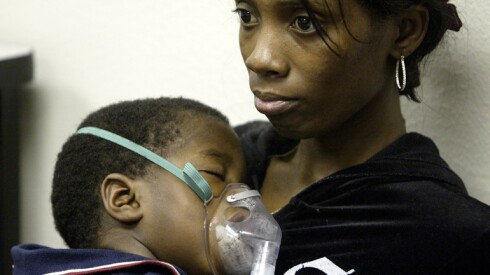From abolishing the U.S. Department of Education to cutting Title I funding and certifying teachers based on ideology, a controversial proposal from a conservative think tank would upend public education nationwide.
Researchers from Children’s Hospital Los Angeles and USC are working with AccuWeather experts to use environmental data to look for breakthroughs in diseases like stroke, heart disease, lung cancer and asthma.
Three engineering students at the University of Texas Permian Basin used a 3D printer at the university's makerspace to fashion devices for capturing and disposing of carbon dioxide from internal combustion engines.
The Pacific Northwest city will launch a small zero-emission delivery zone later this year, to gather data and collaborate with service operators on effectively removing delivery-related vehicles with emissions from a section of downtown.
The 2024 City Clean Energy Scorecard by the American Council for an Energy-Efficient Economy rates 75 of the nation’s largest cities against a number of sustainability and greenhouse gas reduction metrics.
For Earth Day, the educational VR company is offering schools one week of free access to online lessons about deforestation, pollution, the harm that plastics have on marine life, and the importance of recycling.
Eighty transportation projects will receive nearly $830 million from a discretionary program that aims to improve resistance to extreme weather. Some state and local initiatives will use tools and data-driven analysis to harden infrastructure.
The Los Angeles County Metropolitan Transportation Authority recently opened another 5.6 miles of bus priority lanes, giving the region a total of 51 lane miles designed specifically for public transit. Another 46 miles are coming next year.
Artificial intelligence could identify farm pollutant sources, University of Minnesota research found. Agriculture contributes 10 percent of U.S. greenhouse gases; in Minnesota, the emissions are its second-biggest source of carbon release.
More than 160 e-bike purchase incentive programs currently exist in the United States and Canada. An author of a report on their effectiveness says cities and organizations may have better results if they put goals ahead of design.

















